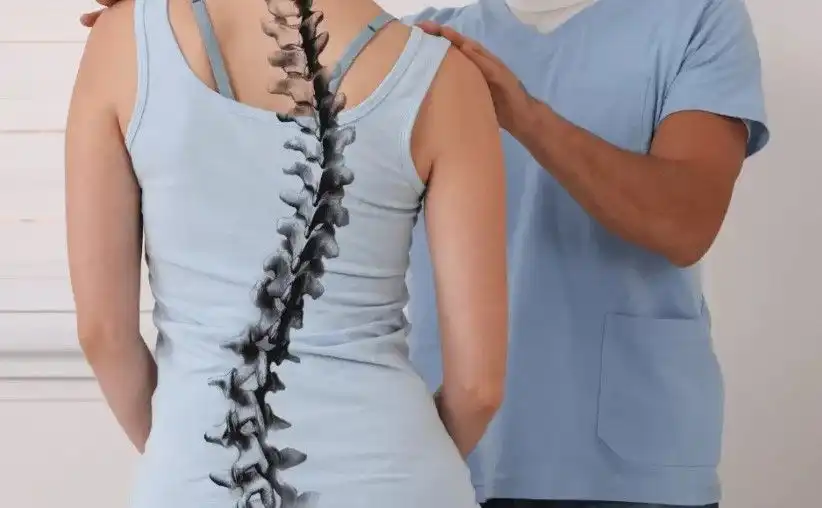Respiratory functions are impaired
Adult idiopathic scoliosis, which is painless in childhood, can cause pain problems in adults. Patients apply to the doctor by noticing the deformity and balance problems in their bodies.
At the same time, he can notice the curvature with findings such as shortening in height, lack of clothes or not standing well on him.
In particular, patients who have problems in their daily life due to low back pain and disability also experience problems such as severe pain in the intermediate joints, respiratory functions due to excessive deformity that may occur in the rib cage.
Since adult degenerative scoliosis develops with the aging of the spine, it usually occurs above the age of 50, and its frequency increases considerably over the age of 60-65.
Bone loss also causes spinal curvature
Spinal curvature can also occur due to osteoporosis. Since osteoporosis is the weakening of the bone seen with a decrease in calcium in the bone, it causes the curvature of the spine to increase further. Although degenerative scoliosis, which occurs with wear, mostly affects the waist region, it also causes complaints in the neck and back region.
Since the spine curves sideways and rotates around itself, deviations cause asymmetrical appearances around the waist, hips and shoulders.
How is it diagnosed?
For more detailed imaging of the bone, physicians may request 'Computerized tomography (CT) - MyeloCT' examination. MyeloCT is performed to better visualize the spinal cord and nerves in patients who have had previous surgery and have metallic implants in their spine.
Apart from these, this test is also performed to understand the level of pressure on the nerves, especially in patients with pain in their legs.
What is done during the treatment?
In surgical treatment, it is aimed to correct the curvature of the spine to the extent that it provides body balance. This can be achieved by fusing the vertebrae and eliminating nerve compression.
The 'decompression' process can be applied at different levels and to different parts of the spine. The doctor decides the level of surgery to be performed. After the surgery, the patients are kept in the intensive care unit for the first night. Then the patient is given leg exercises.
The patient starts walking the day after the surgery. Depending on the size of the surgery, the patient needs to be monitored in the hospital for about a week.
After discharge, it is aimed to return to normal life by taking an exercise program. Apart from the surgery option, corset treatment can be given to suitable patients.
Corset treatment is given to eligible patients However, corset treatment should be considered as an adjunct to exercise and physical therapy and should be considered in the short term.
Long-term use of corsets can do more harm than good. Along with physical therapy and exercise therapy, patients are also given painkillers to help with pain control. Non-steroidal anti-inflammatory (NSAID) drugs can also be added to the treatment to relieve the irritation caused by nerve compression.
These treatments, other than the surgical option, can be applied individually or together. A detailed examination is required to determine which treatment is appropriate for which patient.
